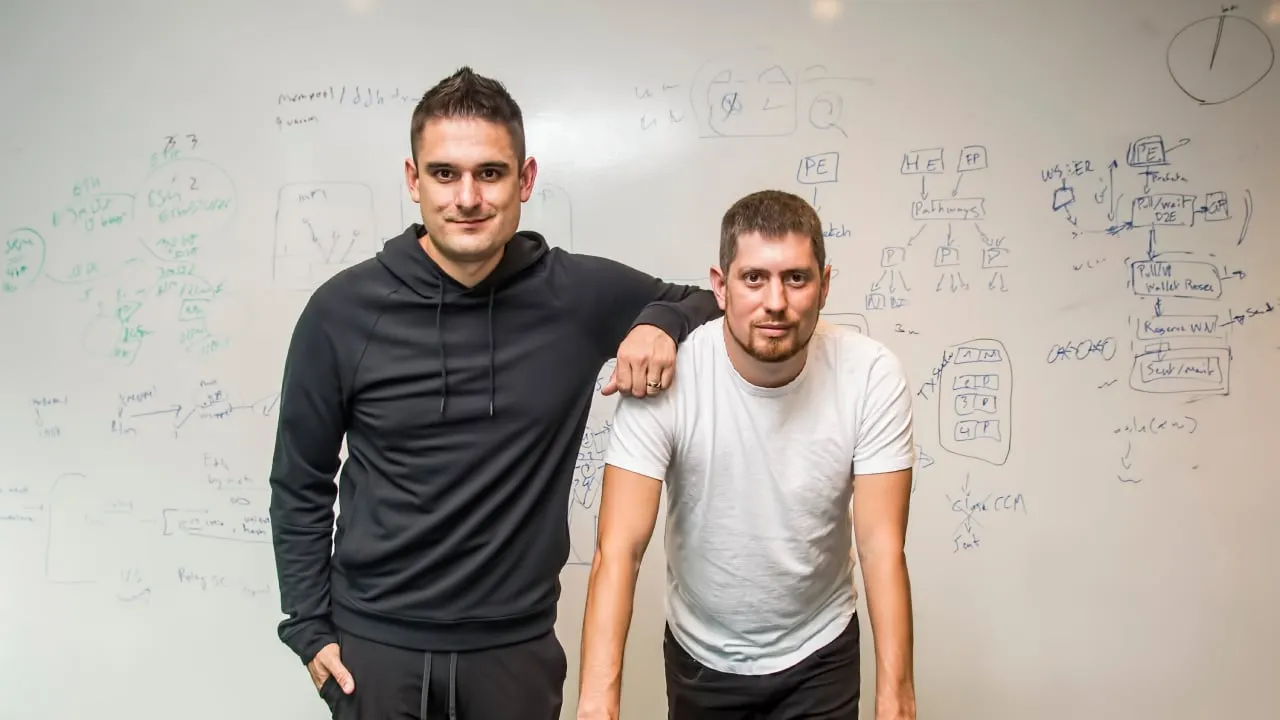LayerZero Labs has just concluded its Series B funding, raking in $120 million from a host of notable investors. This gives the interoperability protocol a whopping $3 billion valuation.
Auction house Christie’s, Samsung’s next-gen investment arm, NFT platform OpenSea, Circle Ventures, and a16z’s crypto branch were just a few of the 33 different groups that participated in the latest round.
It may look like a bridge, walk like a bridge, and function like a crypto bridge, but LayerZero is actually better understood as an equivalent of the internet’s TCP/IP messaging protocol, LayerZero co-founder and CEO Bryan Pellegrino told Decrypt.
“LayerZero is kind of like the internet—it's a layer below,” he said. “Think about PayPal. PayPal is kind of like a money-bridge application that lives on top of TCP/IP. The Internet enabled it, and those applications were built to facilitate financial transfer. LayerZero is not inherently financial. It's not inherently gaming. It's nothing. It's pure transfer of data.”
Bridging products like Stargate Finance and the Aptos Bridge are just a few examples of LayerZero applications in the wild. Various layer-2 networks, including Arbitrum and newly launched zkSync, also use the messaging protocol to move assets around.
The latest funding will go towards building out LayerZero’s team, notably its marketing efforts. The money will also be used to expand initiatives in the Asia-Pacific region. This is attributed to a notable uptick in interest from the gaming and NFT spaces in the crypto messaging protocol.
“If you want to own gaming as a messaging layer, if our goal is to provide the underlying fabric, we need to be closer to the ground there,” Pellegrino said.
Gaming interest in the crypto space is nothing new. Axie Infinity has been one of the earliest examples of this but has since been joined by a wave of new entrants, including EVE Online creators CCP turning to blockchain technology and the pro esports team TSM moving ahead with its Web3 ambitions.
As Axie and others quickly realized, executing a fun, fast-paced game directly on Ethereum can be hugely expensive and slow, prompting Sky Mavis, the team behind the Pokémon-esque crypto game, to spin up a speedy sidechain to handle gaming demands.
Called Ronin, the sidechain still needed to be able to link back to Ethereum.
And voilà, LayerZero’s newest market emerges: Moving assets between various gaming networks.
“They want to have this really fast and cheap execution environment, but they need a way to communicate back onto the primary chain, to get to the places where the liquidity is,” said Pellegrino. “And that is really where we stand in.”

